
Exposure and ISO
Exposure is the length of time the shutter is open while taking a photograph, allowing light to reach the image sensor, or film on traditional cameras. This can range from just a few thousands of a second, to 30 seconds or even as long as you like if your camera has what's called a bulb mode.For handheld photography, 1/50th of a second or less (less being 1/60th, 1/70th and so on) for still images will usually ensure blur-free photos, depending on how steady your hands are or if you happen to be riding a bull at the time.
An 'S' symbol on most digital cameras specifies exposure or shutter priority mode, where you get to set the exposure time, and the camera deals with other settings such as ISO and aperture. Exposure priority can give you control over the exposure time to ensure that it's set to what you need, while the camera manages other settings.
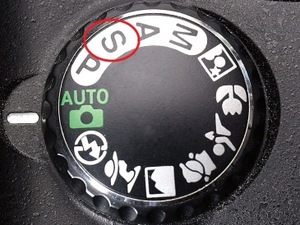
In low light you may be left with little choice but to use long exposures - but you'll need a tripod to ensure these shots are in focus. There are other methods to get round the low light problem, which we'll come to later on.
Too long an expsoure will result in white-outs as well as the photo being blurry if you aren't using a tripod (above left). Too little will see many areas fade to black and lose detail (above right)
Correct exposure will result in a well-lit subject with plenty of detail visible.
ISO speed
In low light, a factor called ISO comes in to play. This refers to the sensitivity of the film used in traditional cameras, but it still has a purpose in digital cameras and is often called ISO equivalent. A high ISO speed will increase your camera's sensitivity to light, meaning that you can get away with a shorter exposure time. This can be a real boon in low light situations and when shooting a fast moving subject.Using high ISO speeds can result in noise appearing in your photos as shown left above using ISO 1000. Using low ISO speeds will improve image quality. On the right we used ISO 80 but had to significantly increase the exposure time and use a tripod.
The downside of this is that extra sensitivity introduces electronic noise to the photograph. This can also be an issue with very long exposures but is usually more of an issue with high ISO speeds. Point and shoot cameras suffer from this quite badly, usually at ISO 400 and above.
Digital SLRs cope much better, thanks to their larger imaging sensors and are generally able to take noise free images up to ISO 800 and above in some cases. However they still suffer from this problem and the general rule of thumb is that the lowest ISO speed will provide the best image quality, whatever camera you use.
Aperture
The aperture of a camera allows light to reach the image sensor and it varies in size, letting more or less light through while taking a photograph. The aperture size is specified by changing what's called the F-number in the camera's menu. A low F-number allows more light to reach the image sensor than a high F-number. The effect aperture has on photos is mainly to do with the depth of field, or in other words, how much of the photo is in focus. While taking a photo of a person standing 100m in front of a building, for example, an F-number of 2.8 will only allow for the person or the building to be in focus, but not both.
Above left shows a narrow depth of field using a low F-number. On the right we used a high F-number to achieve a greater depth of field.
The advantage of using a low F-number is that a lot of light reaches the image sensor. This means you can use a faster shutter speed to obtain the same exposure and has more chance of being blur-free, which is useful in low light. However, you might want more of the image to be in focus; for example, with your PC, you might want to photograph the front of the case, with the side and internals also being sharp and in focus. In this case, you'll need to opt for a higher F-number.

All cameras are different, so there's no hard and fast rule. In general, though, F8 and above allow for good depth of field and should be used for photographing entire objects. Lower F-numbers - down to F1.4 on fast lenses - can be used if you want to create a shot of a specific detail (say a switch or waterblock) and want the rest of the image blurred out. Low F-number shots can be dramatic and moody, and useful for creating a more artistic image of your mod. Higher F-numbers reduce the amount of light reaching the image sensor, therefore requiring a longer exposure, higher ISO speed and possibly a tripod to ensure blur-free results. An 'A' symbol on most digital cameras specifies aperture priority mode, where you set the F-number, and the camera deals with ISO and exposure.

MSI MPG Velox 100R Chassis Review
October 14 2021 | 15:04

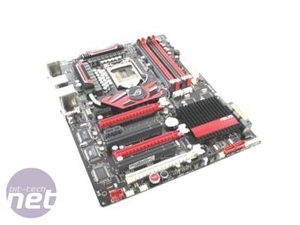
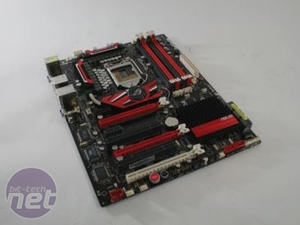
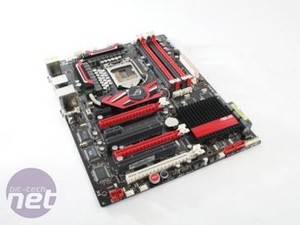

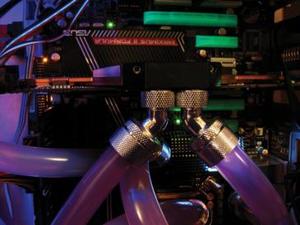
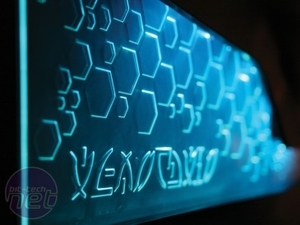
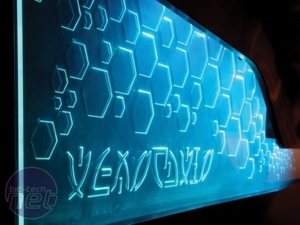







Want to comment? Please log in.